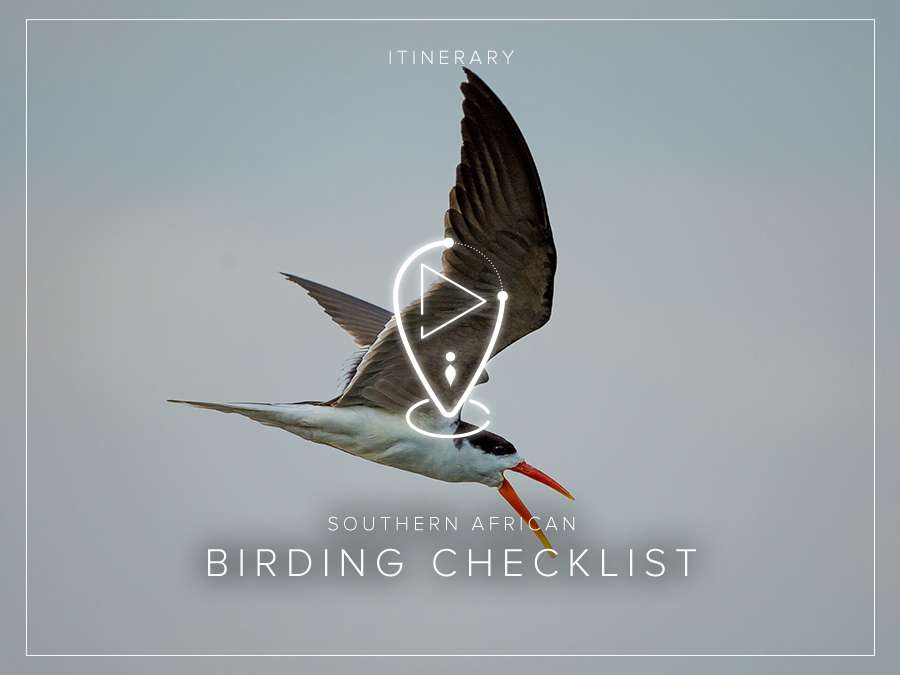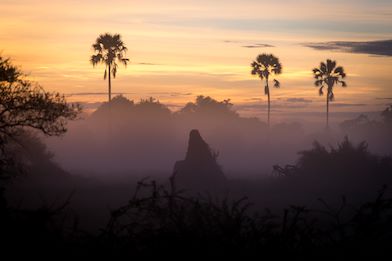Wilderness has close on 930 different bird species across our current areas of operation, with a high rate of endemism. Continental Africa has about 2,445 species (depending on taxonomy) so we help protect about 38% of Africa's birds! Every one of our concessions and camps offers phenomenal birding. The highest rate of endemism occurs in Namibia, Rwanda, Zambia and Kenya, while our countries with the highest diversity and numbers are Zimbabwe, Zambia, Botswana and Kenya.
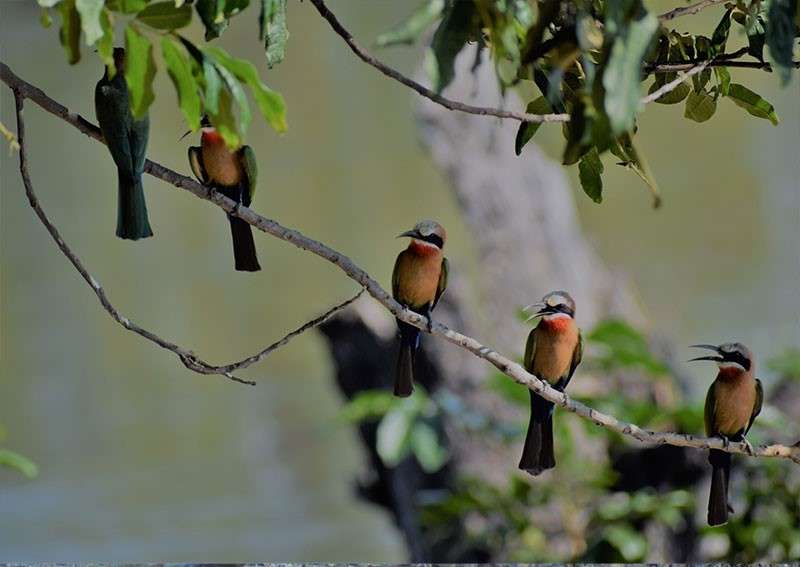
Some of my encounters in general birding have been amazing and the learnings have blown me away – from racing a malachite kingfisher along a waterway at Vumbura Plains to marvelling at the size of a goliath heron on the banks of the Zambezi River at Toka Leya (average height 1.2 m to 1.5 m – I am only 1.6 m, so was happy to keep my distance). Thinking back over my tenure with Wilderness Safaris, I would have to say the bird that started my fascination, and which is responsible for my occasional twitching is the francolin (now spurfowl). My guide at DumaTau called them “safari chickens”, as they like to walk along pathways created by other animals and vehicles; watch them try to outrun a vehicle, almost as if they have forgotten they can fly. Watching these dinky guys running their little legs off got me hooked.
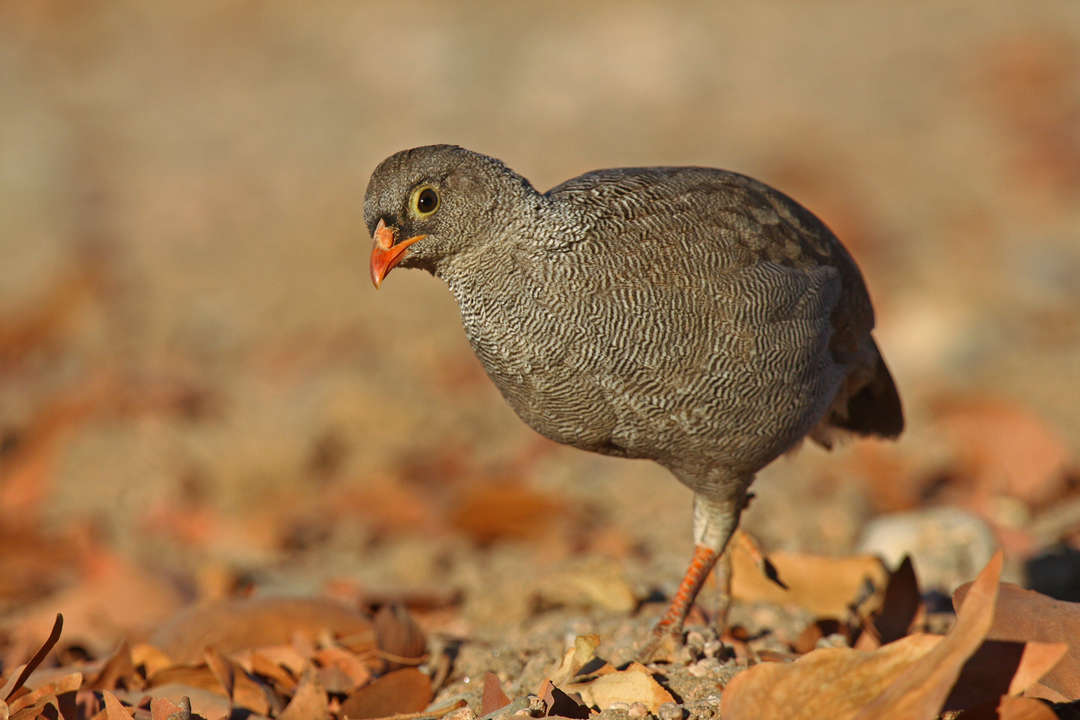
Admittedly, I am a mere “dude”. A casual birder who likes to go birdwatching, but doesn’t make it a high priority. They are usually satisfied with the more common birds that would drive a twitcher batty with their ease of ID. But as I progress I must confess I have created a twitcher’s list for Wilderness Safaris camps. These camps not only have spectacular birdlife for everyone to enjoy, but are also home to lifers – a bird species you have never seen before in your life.
Get your checklist ready as we explore “A lifer’s birding safari”
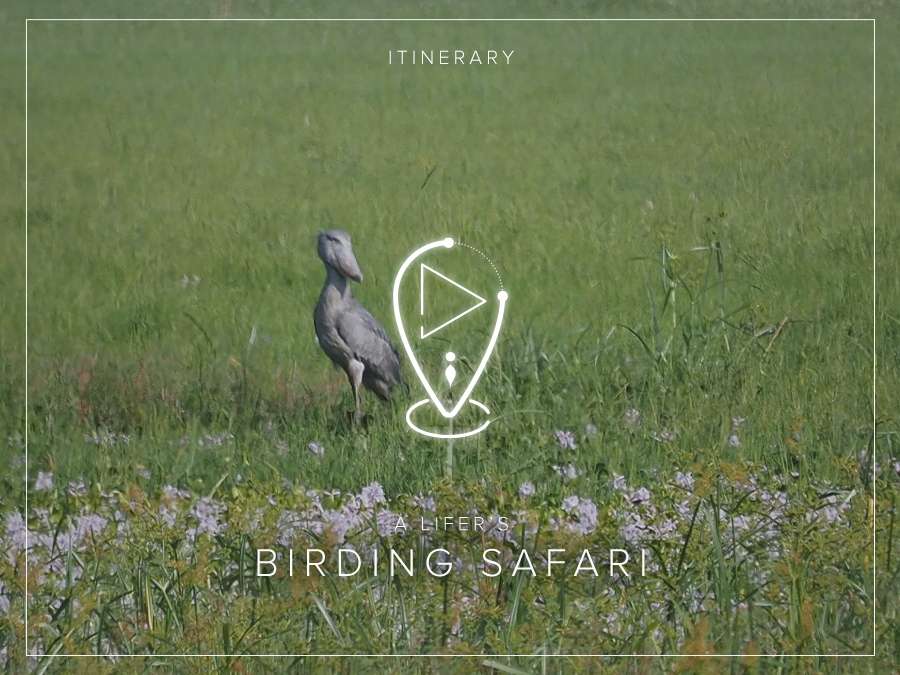
Birding at Bisate
The Bisate Concession comprises 42 hectares (103 acres) situated on the lower slopes of Bisoke Volcano, adjacent to Volcanoes National Park. Immediately outside the rock wall that marks the park boundary lies densely cultivated farmland (potatoes, wheat, pyrethrum) taking advantage of the rich volcanic soil.
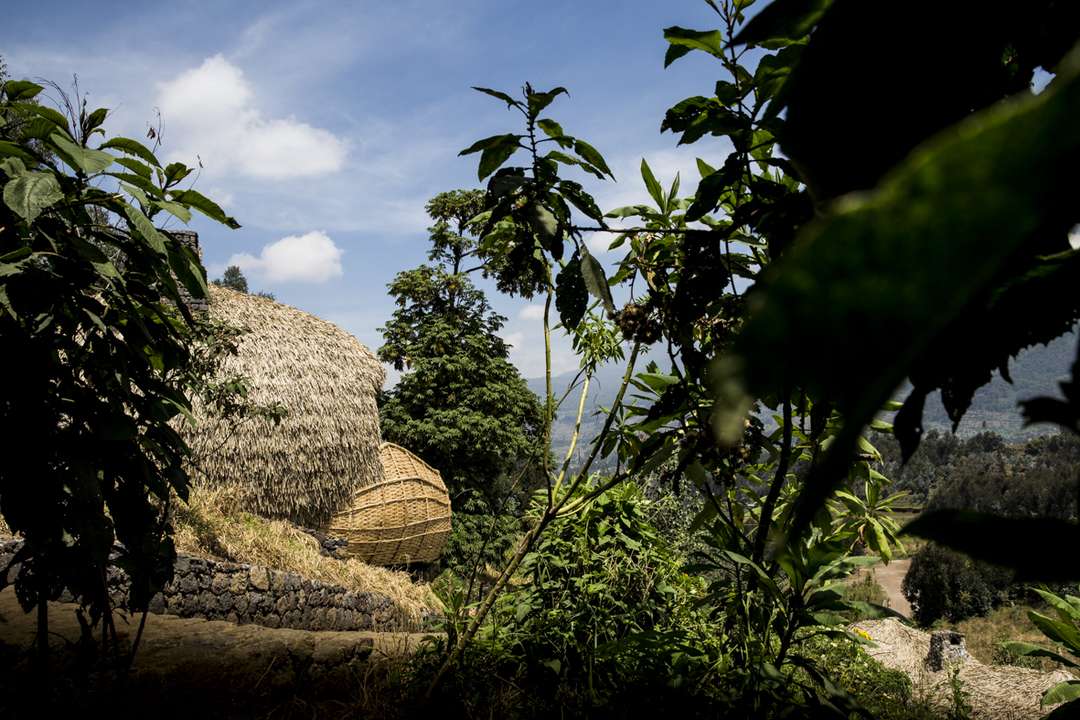
It is here that our property and its groundbreaking reforestation project are located, the lodge nestled inside a natural amphitheatre that is the result of the erosion of a far smaller ancient volcanic cone, the sides of which shield the lodge from disturbance and create the impression of actually being inside the Park.
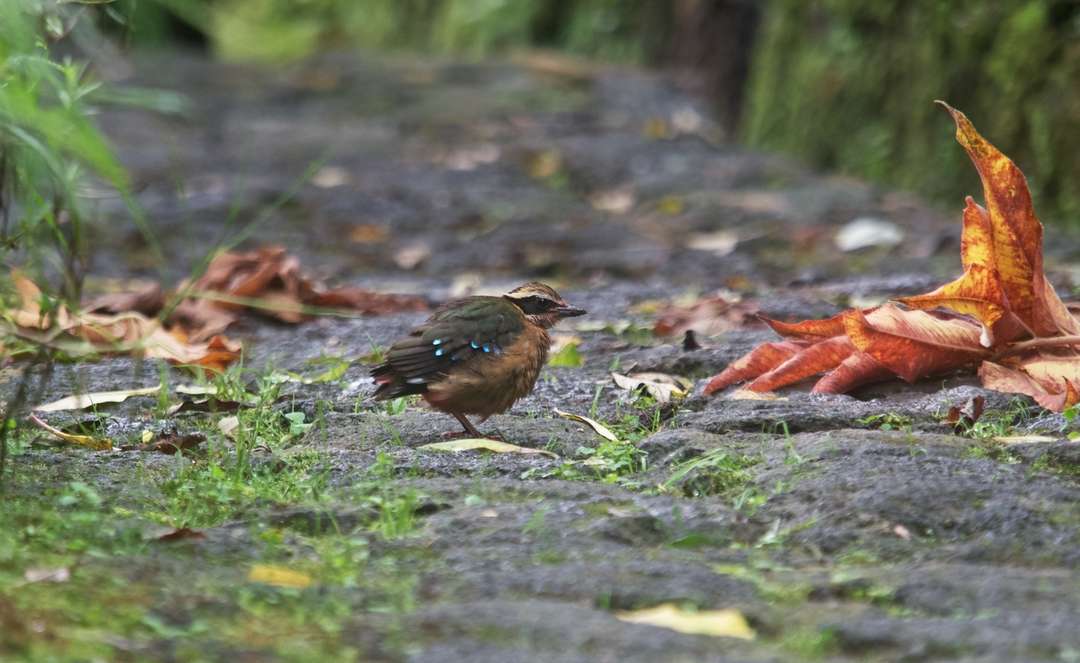
African pitta
May is traditionally an important birding month in the area as it is a very abundant time for food and water. A lot of migratory species come through, and this year we were not let down. For the past three years running we have spotted African pitta at the lodge at the beginning of May. This year a pitta was spotted during a three-day period around the guest villas and pathways. If this is the same bird that has been spotted at Bisate in previous years, it is interesting that it seems to use Bisate Lodge as a travel beacon on its migration route. Other species that have been spotted on the property include black-headed heron, Klaas’s cuckoo and spotted flycatcher.
Marvel at Magashi
The 100 000-hectare Akagera National Park is situated in eastern Rwanda, bordering Tanzania, and has been managed by African Parks in partnership with the Rwanda Development Board since 2010. It comprises some of the most scenic savannah in East Africa – open plains, woodlands, lakes, swamp, and grassy low mountains.
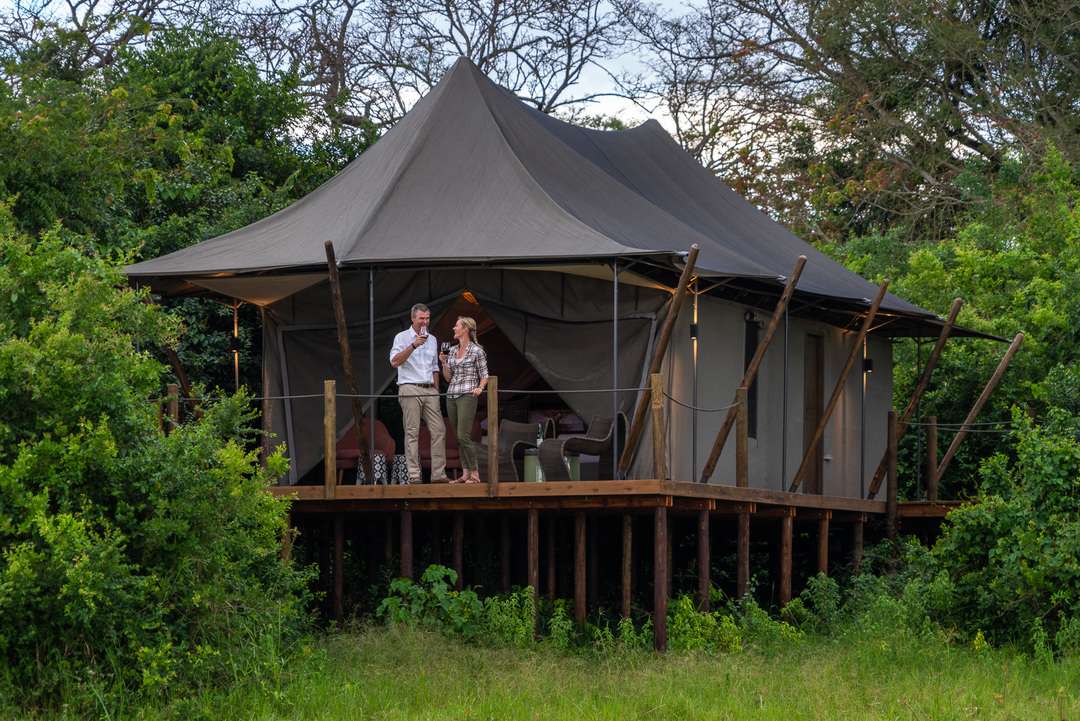
Intimate Magashi Camp is set on the shores of Lake Rwanyakazinga – home to one of Africa’s highest hippo densities, some very large crocodiles, the secretive sitatunga (hidden within its wetlands) and, if you are lucky, the rare shoebill stork.
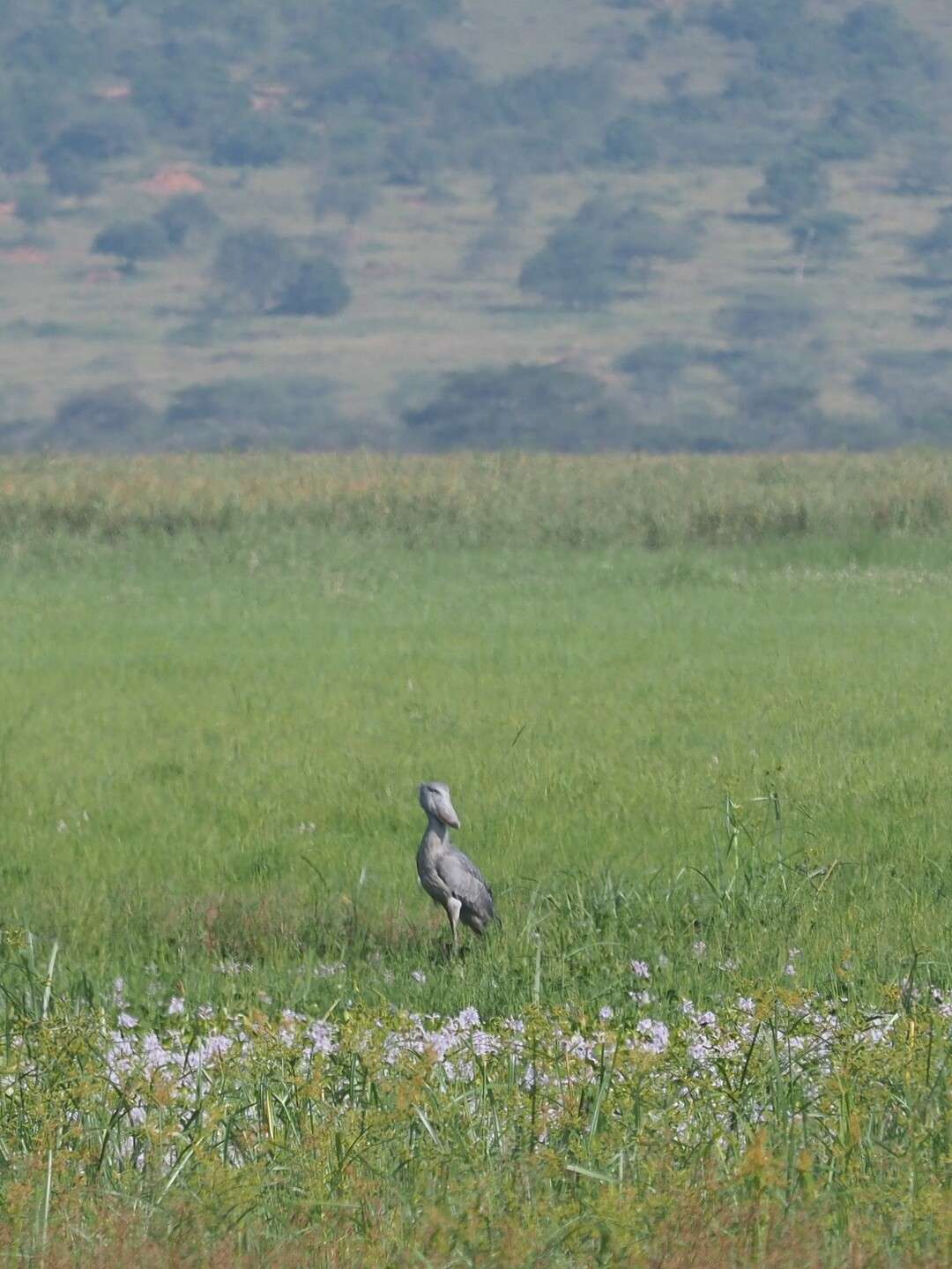
Shoebill stork
For the first time since Magashi opened in 2019, one of our junior guides, Innocent, was fortunate to spot a shoebill while out on a morning game drive one day in May 2021. The shoebill is listed as Vulnerable by the International Union for Conservation of Nature (IUCN). This is such a rare and amazing sighting to have recorded, and to see it while out on a drive (and not from an aerial view) makes it that much more special. We hope to spot these amazing creatures again in the future around Akagera National Park, but for now we are grateful and happy to have spotted it just for this short time.
Riveted at Vumbura
The world’s largest inland delta and a World Heritage Site, the Okavango is one of the richest and most varied habitats in Africa, and ranks as a top wildlife destination.

The Okavango Delta consists of 15 000 square kilometres of water channels, lagoons and islands, forming an incredible wilderness sanctuary. Each year, floodwaters flow from Angola, over 1 000 km away, to create this amazing wetland habitat. Home to hundreds of species of animals and birds, the Delta offers the chance to spot creatures that are not often seen elsewhere, such as sitatunga, wild dog and wattled crane.
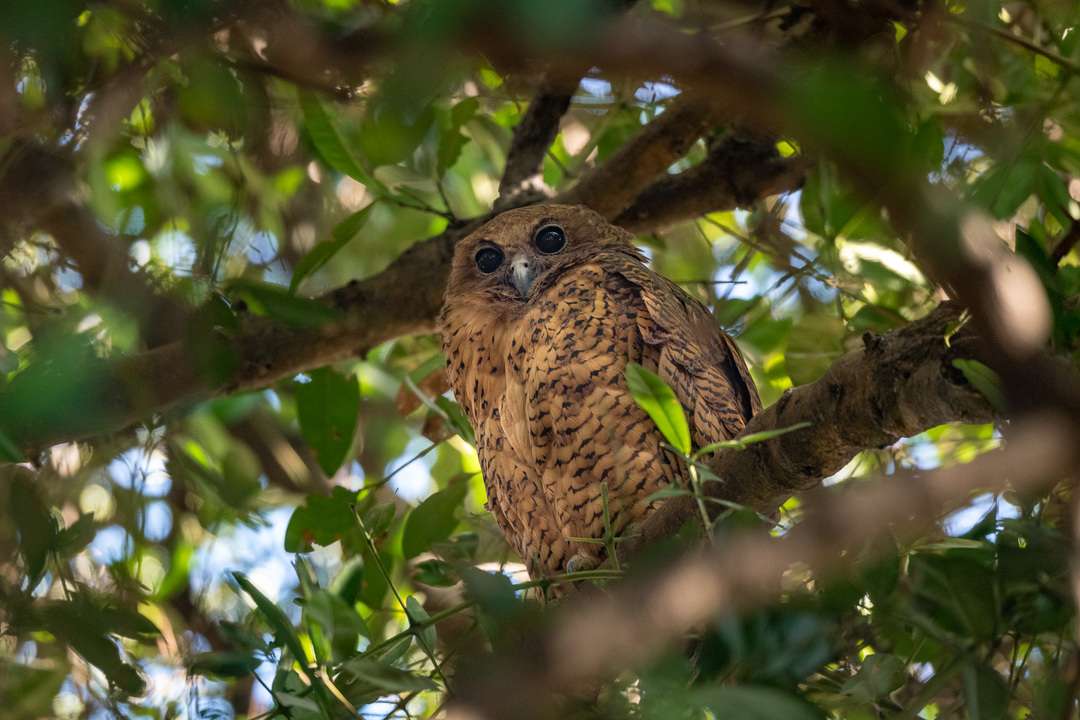
Pel’s fishing-owl
Ah, the Pel’s fishing-owl. One of the birding world’s holy grails, one of its ultimate lifers. The Pel’s is a large owl of reddish colour which, yes, fishes for a living. Being an owl, they do this at night. But it is those large liquid chocolate eyes that seem to see into the soul, which makes this very large bird seem so otherworldly, and capture one’s imagination; merely seeing a photograph can create the desire to see it. Their restricted range only adds to the allure.
Take a Look at Toka Leya
One of the Seven Natural Wonders of the World, water cascades over the Victoria Falls at more than twice the rate of Niagara Falls.
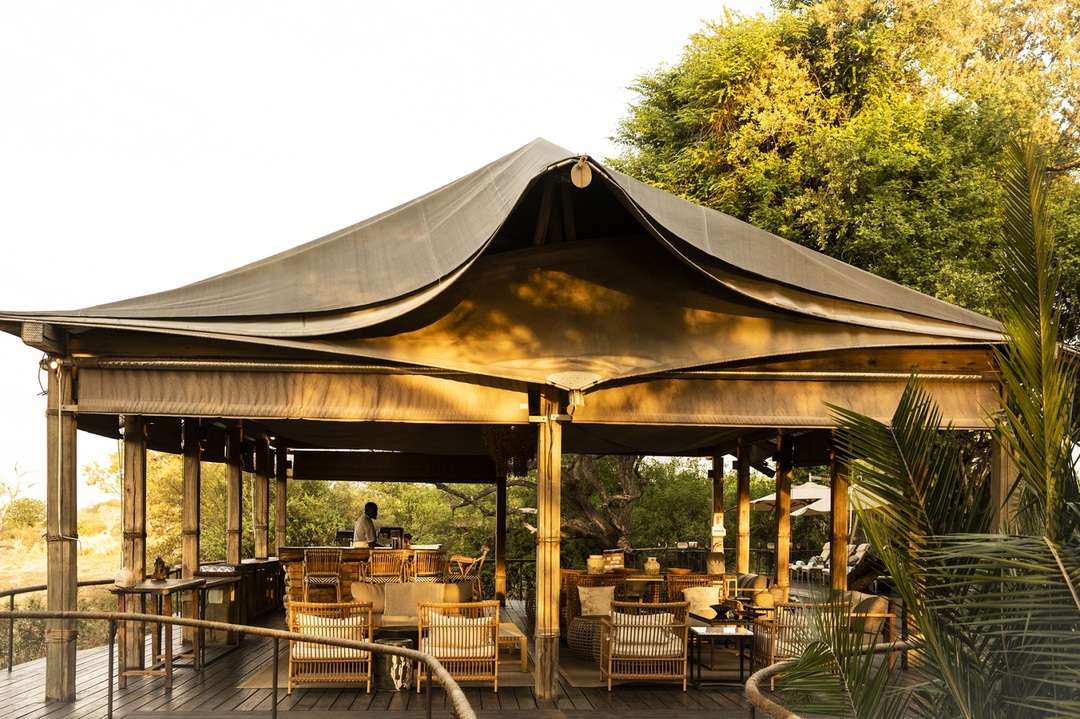
This is an area of spectacular scenic beauty: from the Falls themselves to the broad, picturesque Zambezi River. Wildlife abounds in the area, particularly during the dry season, and can be viewed while boating on the river or on game drives in Mosi-oa-Tunya National Park.
The main town on the Zambian bank here is Livingstone, which boasts a wealth of adrenaline activities and is known as the region’s adventure capital. The Falls straddle the border between Zimbabwe and Zambia, and both countries share Victoria Falls’ World Heritage Site status.
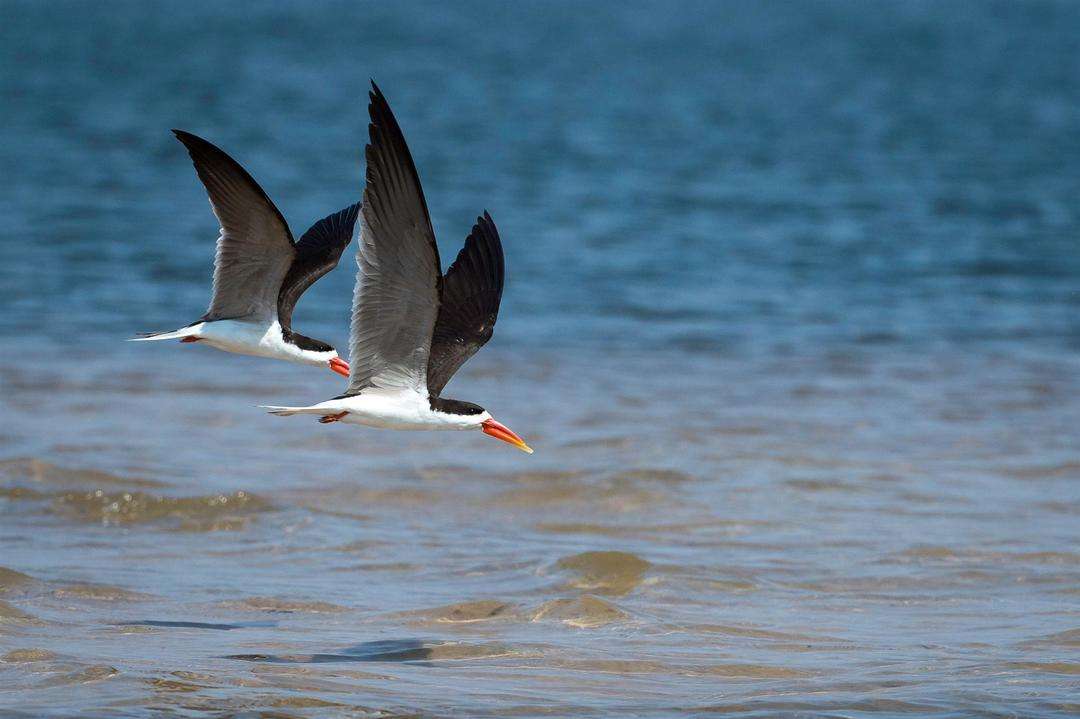
African Skimmer
The African skimmer is the only representative of its family in Africa and its life cycle requires the existence of pristine ecosystems; places where natural flood cycles are not interrupted by manmade dams, and waters sullied by erosion or pollution. These are the areas that Wilderness Safaris operates in, and where proceeds from safaris are channelled towards funding the conservation of these habitats. The skimmer is symbolic of our commitment to the conservation of unspoiled and remote wilderness areas.
The Abundance of Busanga
At 2.25 million hectares (5.5 million acres), Kafue National Park is Zambia’s oldest protected area, and one of the largest in Africa. The million-hectare northern sector is the perfect location for our camps: remote, wild and diverse, with vast tracts of pristine wilderness. The north-west is dominated by the Busanga Swamps, a papyrus wetland that gives way to the vast floodplain of the Busanga Plains – a seasonally inundated grassland dotted with islands.
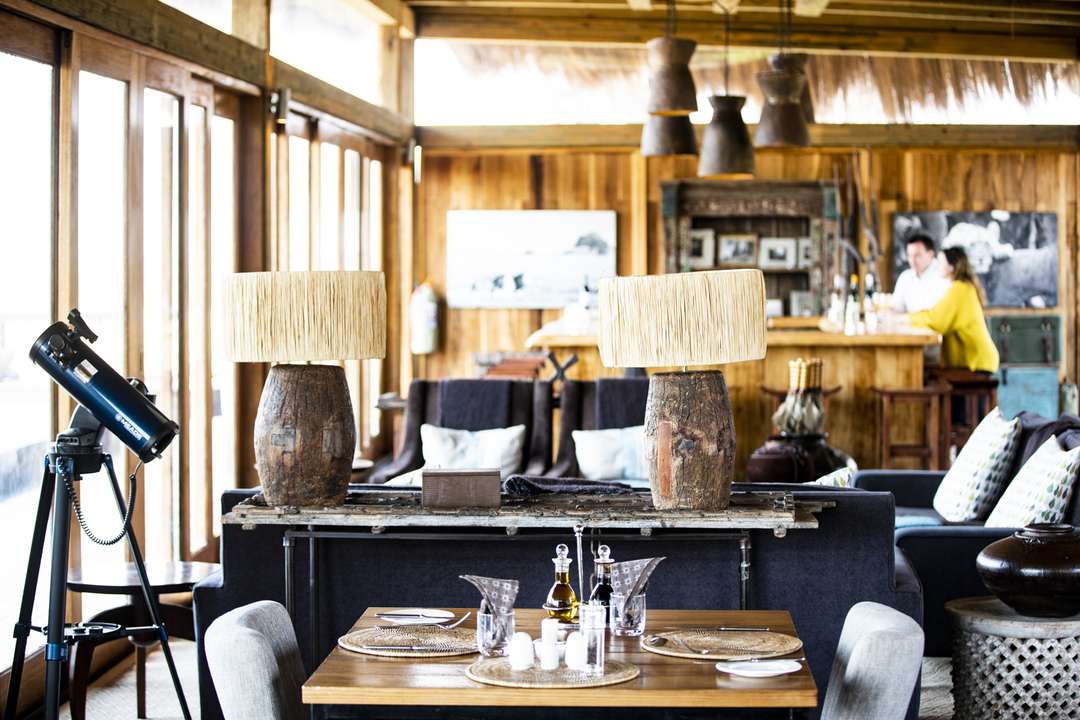
The Lunga, Lufupa and Kafue rivers – the major watercourses that feed and drain the Park – are lined with riverine forest, and the landscape is further patterned with broad-leaved miombo woodland, floodplains and island thickets. Lake Itezhi-Tezhi in the south is another notable feature of the Kafue.
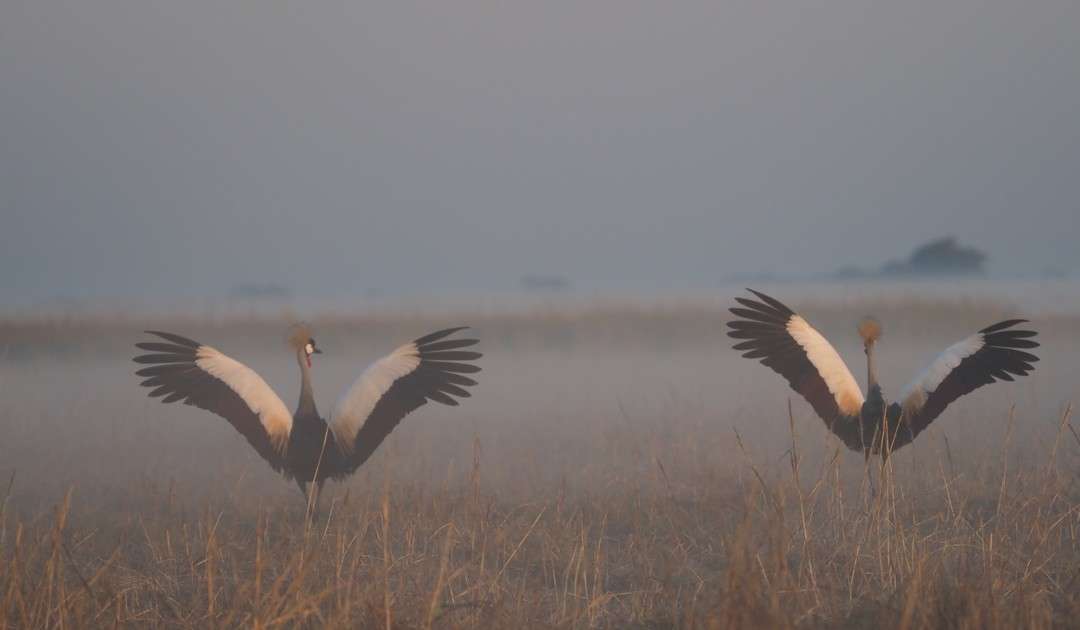
Crowned crane
Within just a few days of relaxing in the idyll that is Shumba, guests are quickly delighted by the birding in this magnificent area, where rosy-throated longclaw and grey crowned cranes become commonplace sightings on drives. The sooty chat can also be spotted, and yellow-throated sandgrouse is known to cause much excitement given its rarity.
For those looking to tick some great endemics here is a “Southern African Birding Checklist” itinerary
